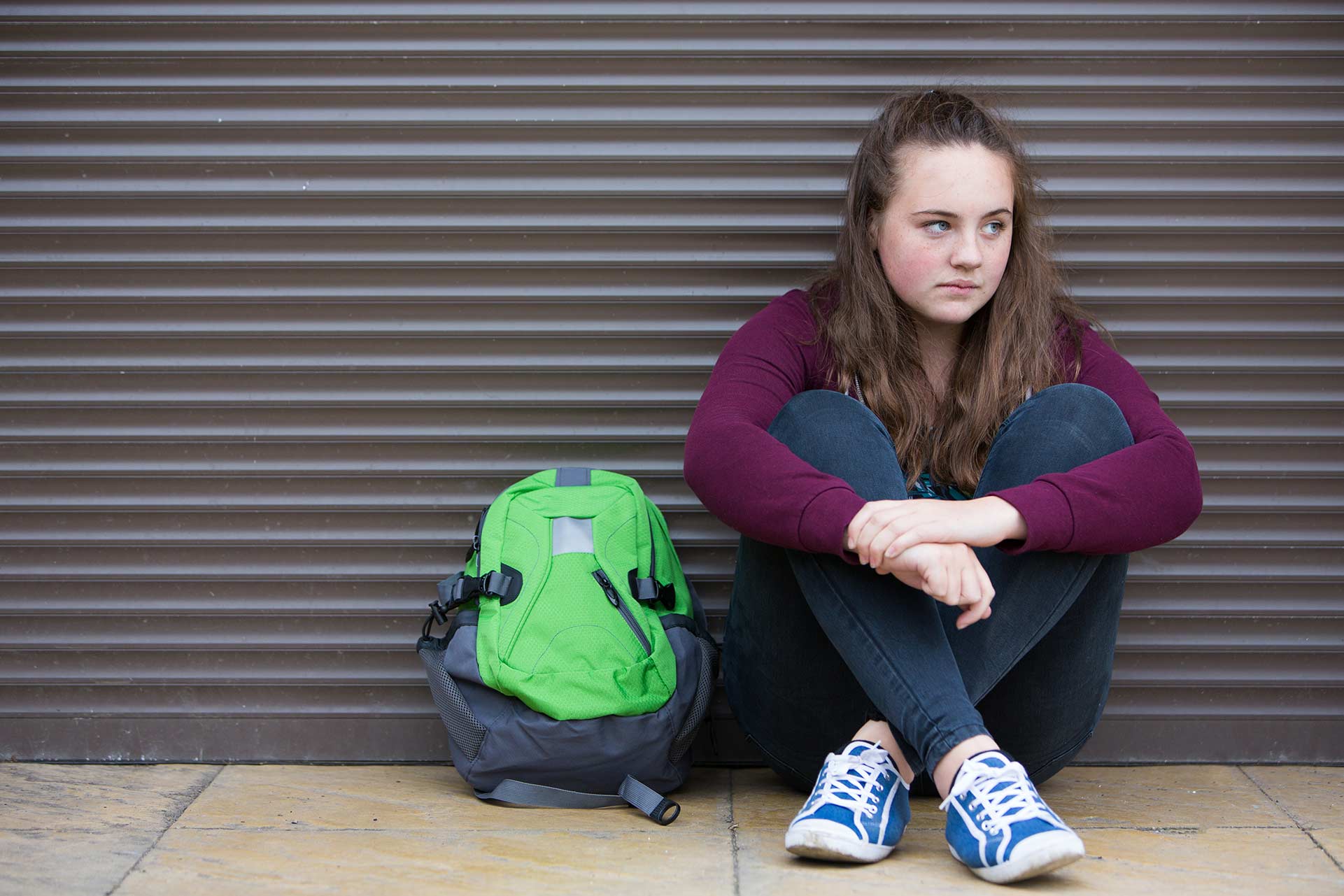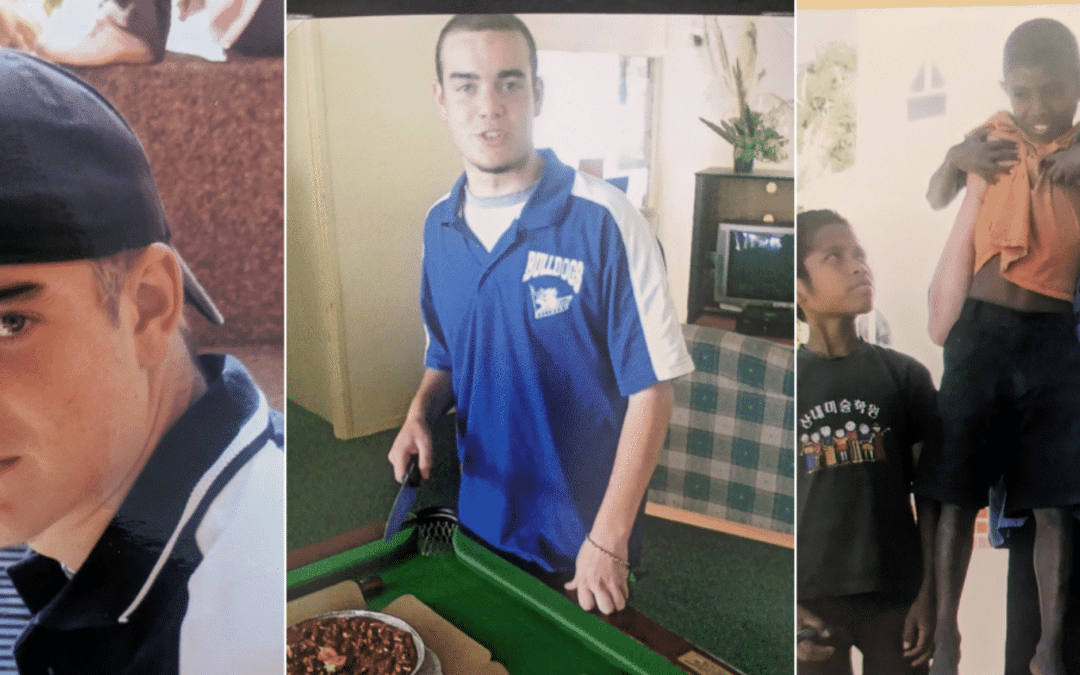When Youth Off The Streets began operating in 1991, it was estimated that 10,000 young Australians aged between 12 and 24 were homeless. As we mark another Youth Homelessness Matters Day, there are an estimated 10,000 young people in NSW alone who are experiencing homelessness.
Across Australia, 28,000 young people don’t have a safe place to call home tonight. This means one in four people experiencing homelessness are teenagers and young people taking their first steps into adulthood.
In three decades, we haven’t even come close to fixing the problem of youth homelessness. As the figures show, it’s quite the opposite.
In the past five years, demand for Youth Off The Streets’ homelessness services has increased by 60 per cent, while funding has remained unchanged.
Our Inner West Youth Homelessness Service is contracted to provide support to 454 young people. By March this year, we had already supported 643 young people. At this rate, we are well on track to reach – and perhaps even surpass – the peak of 2020, when we supported 925 young people.
That’s right: almost 1,000 young people presenting to our homelessness service in Sydney’s Inner West. And they’re just the young people our organisation knows about.
In our experience, homelessness is never a young person’s choice. It’s the final point in an often traumatic series of events, usually outside the young person’s control, that leads them to a friend’s couch, the streets, or the door of a crisis refuge.
These are not ‘bad kids’. For these young people, their situation at home has become unbearable – physically or emotionally. And a key reason is domestic and family violence, or DFV.
One in three young people turning to Youth Off The Streets for assistance cite DFV as the reason they had no choice but to leave home. It’s not unusual for their unsafe living conditions to be further compounded by mental health issues, abuse and financial stress.
Take 17-year-old Jasmine*, whose story we share in our latest fundraising appeal.
When our Street Walk Program Manager met Jasmine on the streets of Sydney, she was alone, exhausted and visibly distressed. Among her small number of possessions was an ultrasound picture. Jasmine explained that she had been expecting a baby but experienced a miscarriage. Her home life, already full of tension and conflict, fell apart completely and she was kicked out.
We were able to offer Jasmine safety and support at one of our crisis refuges. During her time there, she confided to her caseworker that she had grown up in a violent home, and endured terrible parental abuse during her childhood. It was impossible for her to return.
For every young person experiencing homelessness, there is a different and complex set of circumstances. And yet time and again we see DFV and family breakdown, abuse, mental health issues and poverty as key causes of youth homelessness.
Time and again we also see incredible resilience and determination in the young people we work with to turn their lives around.
There are no easy answers to youth homelessness, but we do know that early intervention is key.
Across our programs, we provide outreach casework to vulnerable young people in the community, delivering tailored support that provides a protective barrier to prevent them from becoming homeless.
For young people unable to stay or return home, we provide crisis and transitional accommodation in conjunction with casework support to address mental health concerns, help them stay engaged with education, or assist them in finding employment.
Over the past thirty years of working with young people, we’ve learned that along with early intervention and trauma-informed care, there are three things that help break the cycle of homelessness and poverty.
The first is education.
Our six accredited independent high schools offer a flexible curriculum that focuses on literacy and numeracy while also responding to the specific needs, interests and talents of young people who have become disengaged from mainstream education.
Last year, 110 of our students were either eligible for their Record of School Achievement or completed the HSC, with many enthusiastic and determined Year 9 students coming up behind them.
We’ve also seen significant positive impacts when young people learn practical living skills, such as how to access services, set goals, find employment, manage a budget, and develop a sense of their identity, cultural connections and self-confidence.
At Youth Off The Streets, we aim to support the whole person, going beyond meeting immediate needs to encourage and nurture each young person’s hopes and goals for the future.
And finally, we know that supporting young people to develop social and emotional skills helps them to better manage stress and conflict. In the long term, they become more resilient and go on to develop healthy and supportive relationships.
Tailored youth services that provide a continuum of care are critical to preventing and intervening early for young people at risk of homelessness.
The young people we work with at Youth Off The Streets are too old to access the more generously funded support services for children, and most are too young to vote and influence the political systems and social structures that often work against them.
And yet adolescence is the stage of life that is most critical to laying the foundations for a positive and productive adulthood.
If as a society we open our eyes to the root causes of youth homelessness, we cannot fail to see that tackling this issue is a collective responsibility.
We call on governments, the private sector, community groups, families and individuals to support the youth organisations that work with, and advocate for, our at-risk young people.
Working together, we can break the cycle of homelessness and disadvantage, and empower these young people to build a better future for themselves and their communities.
Lex Nadine Lutherborrow is the CEO of Youth Off The Streets and board member of YFoundations, the NSW peak body representing young people at risk of, and experiencing, homelessness.
*Name changed to protect the privacy of the young person.



